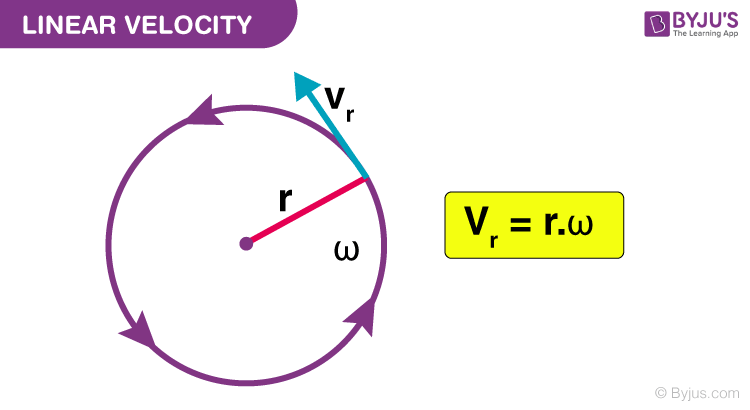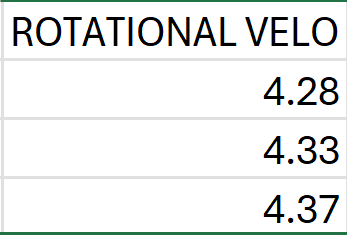Where do the curves match? When the mass is .105 kg.
Where do the lines diverge? When the mass is >.105 kg.
What does this say about the system? Once the center weight is larger than the side weights, the accuracy is affected.
What are the limitations on the accuracy of the measurements and analysis? The precision of our measuring equipment, the way the mass is distributed, and perhaps friction from the pullies.
How does the vertical displacement of an object suspended on a string between two pulleys depend on the mass of the object? The mass object creates a lot of variability on the pulley system and the angles from the string which are created from the weight being added. The more mass added the higher the displacement and angle created.
Did your measurements of the vertical displacement of object B agree with your initial predictions? If not, why? Yes, the measurements agree to a reasonable level, though not accounting for the friction of the pulley and uncertainty from the measurement devices.
Results in general terms - The mass of object B being added to the string at a state of equilibrium results in a displacement of object B and creates a higher tension in the ropes and steeper angles on the ropes on either side.
Do the pulleys behave in a frictionless way? No, the pulleys do not act in a frictionless way and affect the results we determine.
How can you determine if the assumption of frictionless pulleys is a good one? By finding the displacement using the formula derived on Thursday, (Ltan(sin^-1(M/2m))/2), we can compare to our ideal frictionless calculations and see if the results are reasonably close.
What information would you need to apply your calculation to the walkway through the rain forest? The pulleys dimensions, the dimensions and mass of the rope bridge, (rain, wind, humidity, heat, animals?), human mass.








.jpg)

















.jpg)